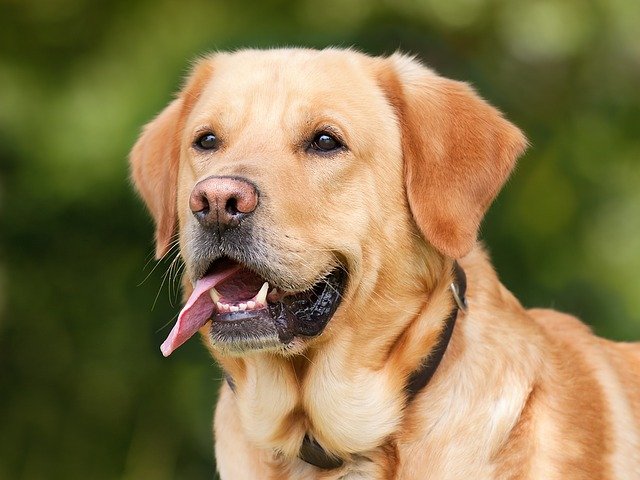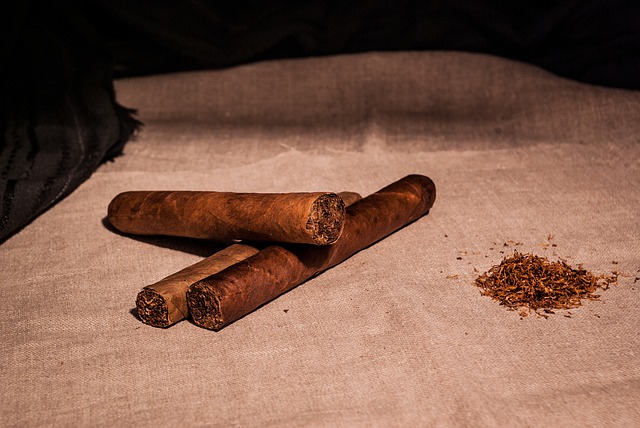
A pure Labrador dog, without crosses
The Latin word purus arrived in our language as pure . This adjective can be used to describe that which is not contaminated or mixed with something else .
as an adjective
For example: “To prepare this recipe it is necessary to use pure cocoa, without sugar or additives” , “My dog is a pure Doberman who was awarded at a recent dog show” , “They recommended that I clean the screen with pure alcohol ” .
Pure can also be that which is not accompanied by something else or that fills the capacity or space : “This smoothie is pure water! I thought I was going to have more fruit” , “My grandmother is pure love, she never hurts anyone” , “The singer's statement is pure accusation; "The artist does not recognize his responsibility in the event."
Someone pure, meanwhile, is chaste and/or lacks moral defects : “The abuser corrupted dozens of pure children who now suffer the psychological and physical consequences of humiliation,” “Pedro is a pure man, with good feelings,” “I think there is no longer anyone pure in this society.”
The cigar
A cigar, finally, is a cigar made from tobacco leaves that are rolled, without using paper in the assembly . Also known as habano , the cigar must be kept in an environment with a relative humidity of between approximately 65% and 70% . Otherwise, these products do not burn evenly and lose their characteristic aroma.
The device designed for the proper storage of cigars is called a humidifier or humidor . It is a container with a system that allows control of the humidity level and, sometimes, the temperature.
History of the cigar
First of all we must talk about tobacco , a plant that originated in South America and is believed to have entered Cuba around five thousand years ago, although depending on the source the date can vary up to a millennium closer to our era. The indigenous people of the region, many of whom were the so-called Taíno Indians, consumed this plant regularly. It is worth mentioning that they considered it essential to complement social, religious and political ceremonies, as well as a natural medicine, so it occupied the most important place in their crops.
When the Spanish arrived in the early 1500s, they discovered tobacco and brought it to Europe. As we can imagine, the entire world soon felt a deep fascination with this plant and with the cigar, something that remains even today. The more they banned it, the more attraction it generated, partly by sneaking in as a product with medicinal properties. In 1717, King Philip V decreed a royal monopoly on tobacco crops in Cuba, a milestone that over time became known as Estanco del Tabaco .

The cigar is a type of cigar also known as a “habano”.
A century later, King Ferdinand VII suppressed this monopoly , giving rise to the export of cigars by Cuba. Spanish immigration gave rise to the so-called Cuban peasantry , thanks to which tobacco cultivation was not supported by slavery, but was carried out by free people. Throughout the 1800s, tobacco production in the Antilles grew considerably, reaching around 1,300 factories and 10,000 farmlands.
Currently, the market for cigars from Cuba is exclusive to the company called Habanos SA, which has absolute control of their export , distribution and promotion throughout the world. It should be noted that in addition to cigars, it controls the marketing of other products that also derive from tobacco.
